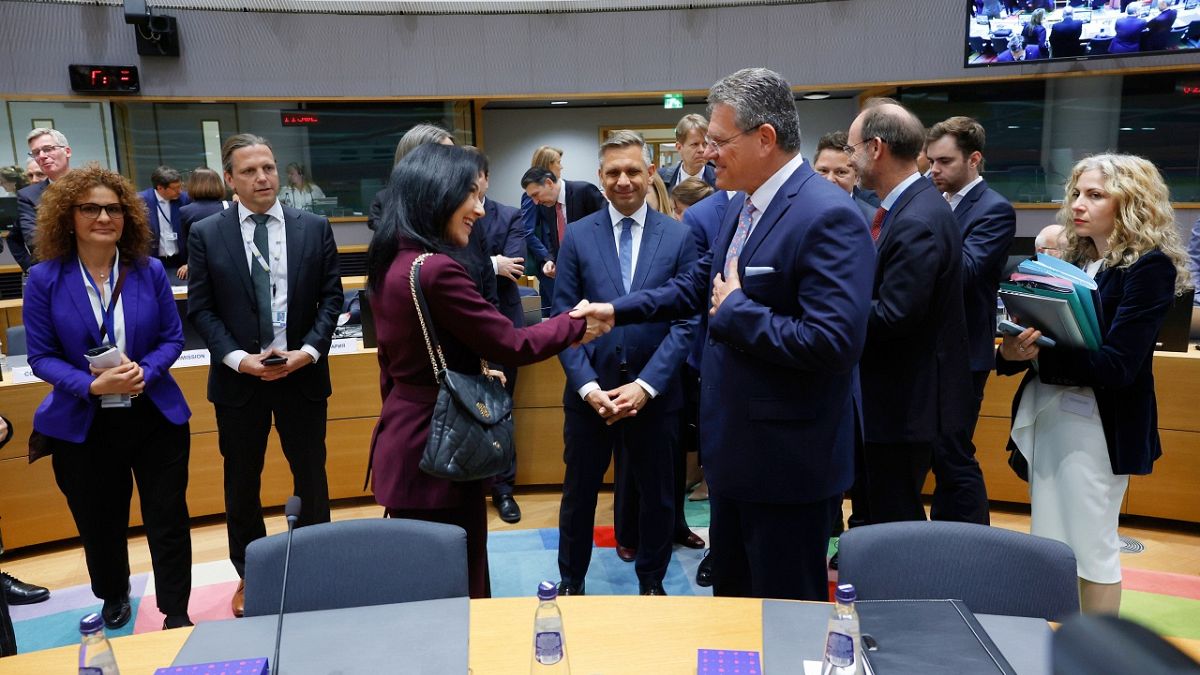

In a landscape marked by complex negotiations and economic maneuvering, the European Union and the United States are in the final stages of reaching a trade agreement that could see tariffs of 15% imposed on various goods. This potential deal arises amidst an environment charged with both anticipation and resilience, as stakeholders from both sides navigate the intricacies of international commerce.
Recently, the European Commission has been exploring the activation of the anti-coercion instrument, a strategic tool designed to safeguard the EU’s interests by potentially targeting digital and financial services sectors. This measure would serve as a retort if efforts to settle the tariff issue with the US were to reach an impasse.
At the heart of these negotiations is a broader discussion about trade relations, with the EU bracing for significant developments. Should an agreement not materialize by the upcoming deadline set by former US President Donald Trump, a calculated two-step response from Brussels suggests the EU’s readiness to defend its economic sovereignty.
The EU is simultaneously broadening its horizons in international diplomacy by engaging in critical talks with China. This dialogue aims to address global environmental concerns, underscoring the EU’s commitment to forging partnerships even as the geopolitical landscape shifts. Although these discussions are in their nascent stages, they signal a collaborative approach towards sustainability.
Meanwhile, the recent announcement of a trade deal between the US and Japan has resonated positively across financial markets, propelling a rally that witnessed significant gains such as a 3.5% rise in Tokyo’s Nikkei index. This favorable reception has kindled optimism about the potential for a comparable agreement between the US and the EU, showcasing a shared enthusiasm for harmonious economic relations.
Should the US-EU deal come to fruition, the 15% tariff would likely mirror the arrangement reached with Japan earlier this week. It is anticipated to apply across a broad spectrum of goods, sparing select industries like aviation and healthcare. This strategy reflects a balanced approach, prioritizing core sectors while still facilitating free trade where feasible.
As these discussions unfold, the EU remains steadfast in its preparations for a contingency plan worth an estimated €100 billion. This plan aims to bolster the bloc’s economic infrastructure against potential disruptions, demonstrating a proactive commitment to stability and prosperity.
In summary, the ongoing trade negotiations between the EU and the United States resonate with mindful engagement, underscoring a commitment to mutual benefit and global collaboration. As stakeholders work diligently towards a resolution, the promise of reinforced economic ties and harmonious international relations inspires cautious optimism for a brighter, more interconnected future.
Source: {link}
